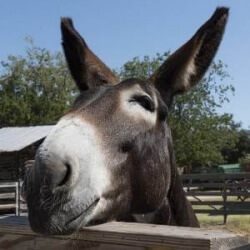
visual approximation
Today is Matanzas Mule Day. While Mule Appreciation Day (October 26) honors mules in general, today’s holiday is dedicated to one special mule.
On April 27, 1898, during the Spanish-American War, the U.S. Navy fired upon the coastal town of Matanzas, on Cuba’s northern shore. When the smoke cleared, the villagers discovered one casualty: a mule.
Perhaps to express their outrage at the attack, they held a funeral for the mule and buried it with full military honors. (Of course, we can’t discount the possibility that they just really loved that mule.) Word of the memorial spread, along with disbelief.
On August 5, 1898, the New York Times printed an eyewitness account given to the London Globe. Chief Officer Smails of the Myrtledene, a steamship in the area to pick up sugarcane, confirmed the story and reported that he had attended the funeral at the invitation of a Spanish dockworker. He described the scene:
“Altogether there were about 200 persons present, including many distinguished officers. They all walked in mournful procession to the final resting place of the ill-fated animal, a band rendering melancholy music all the while. The authorities were also present to give the obsequies an official aspect. At the grave more appropriate music was played, and eloquent addresses were made by Spanish officers….Then the signal for lowering the carcass into the earth was given. The body went down enveloped in the Spanish flag, amid a volley of musketry!”
The Times article concludes with three unattributed verses one could reasonably assume were an ode to a fallen comrade.
They marshaled men of every rank,
They summoned muffled guns to roll,
They called the merchant from the bank,
They caused the Church’s bell to toll.
And slowly to his grave they passed,
Obeying every martial rule,
And there with tears they took a last,
Long look at that bombarded mule.
Wrapped in the flag he served so well.
Amid a cloud of smoke he sank;
“The Slain” – by tons of shot and shell –
Went under with a round of blank.
We’re fairly sure it wasn’t sung at the funeral. In fact, since it would have been written in Spanish, that’s either an excellent translation—complete with rhyming—or the newspaper of record was having fun heaping ridicule on a small town and, by extension, the enemy.
May you have a better Matanzas Mule Day than the mule did!

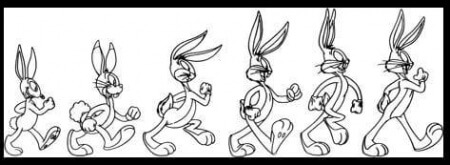
![]()

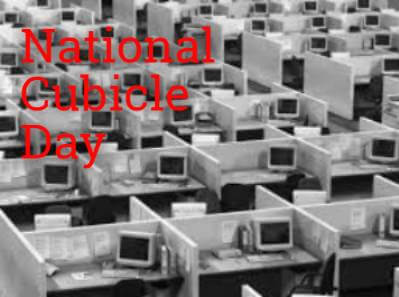 Today is National Cubicle Day. Technically, it isn’t a “national” holiday, having never been decreed by Congress and the president. Then again, none of them work in cubicles, so what do they know?
Today is National Cubicle Day. Technically, it isn’t a “national” holiday, having never been decreed by Congress and the president. Then again, none of them work in cubicles, so what do they know?

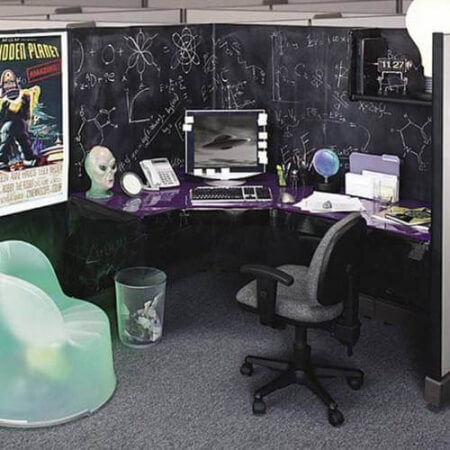



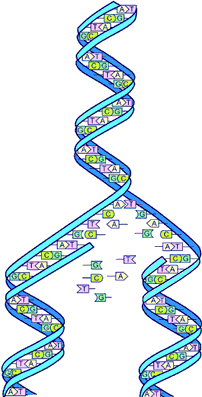 Today is DNA Day. On April 25, 1953, the journal Nature published three papers submitted by James Watson, Francis Crick, Rosalind Franklin, Raymond Gosling, Maurice Wilkins, Alexander Stokes and Herbert Wilson about the structure of DNA.
Today is DNA Day. On April 25, 1953, the journal Nature published three papers submitted by James Watson, Francis Crick, Rosalind Franklin, Raymond Gosling, Maurice Wilkins, Alexander Stokes and Herbert Wilson about the structure of DNA.